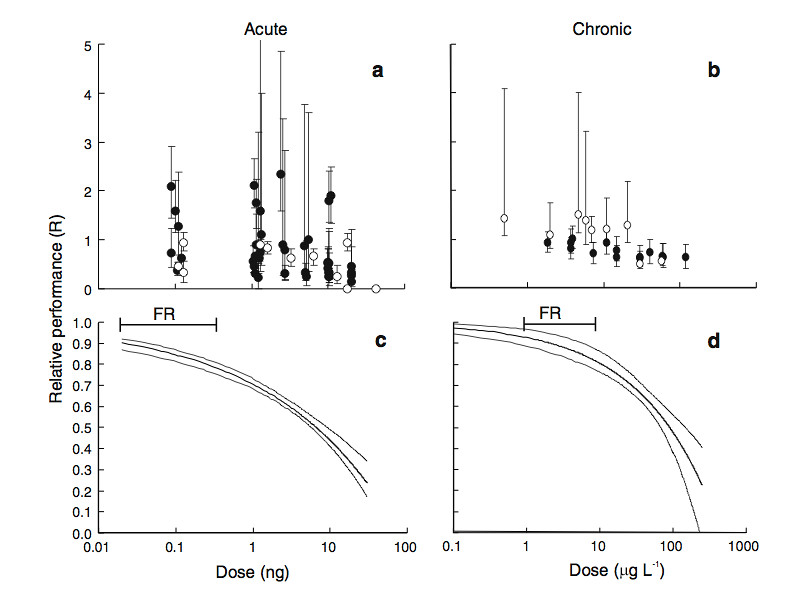The supermarket tests were sensitive. I think that 1 ppb was mentioned but whether that was the Limit of Detection or the Limit of Quantification I don't remember. But certainly below the harmful to bee level and nowhere near the level likely to impact on humans.





 Reply With Quote
Reply With Quote




Bookmarks